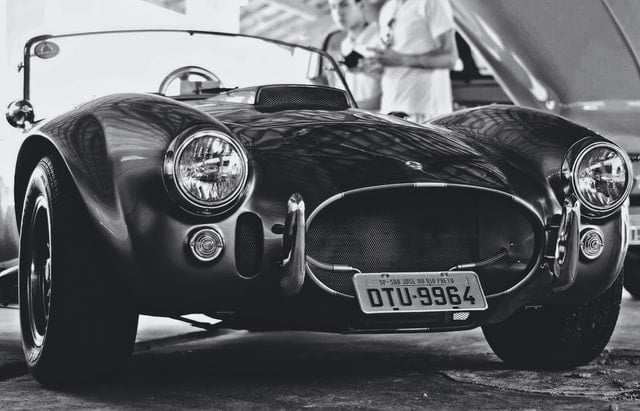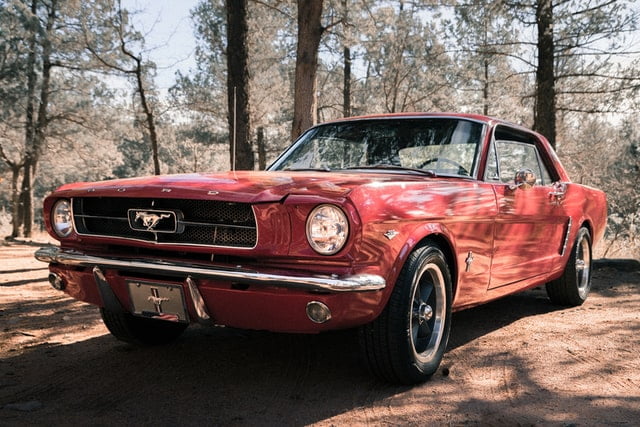How to Properly Restore a Classic Car
Whether you love the sound, look, or feel of classic cars, there are plenty of things to love about them. They’re the perfect combination of classic beauty and engineering genius. Not only can you collect them, but you can also use them today! To do so, you’ll need to know how to restore them properly. Classic cars, although durable and magnificent, are also delicate and need specific care and attention to bring back to life.
Whether you’re a novice car nerd or a veteran vintage car connoisseur, you’ve got a few things to learn. Here’s everything you need to know about restoring your classic car to its full glory. Take your classic car from drab to fab with these simple tips, and then take it on the road!
When restoring a classic car to its former glory, consider opting for paintless dent repair in Mississauga to maintain the vehicle’s original finish and aesthetic appeal.
Do your research
When it comes to any restoration project, the first step is to do your research. There are plenty of delicate things you need to keep in mind when restoring classic cars. If you want to make sure you do a good job, it’s a good idea to get some expert advice first. You can search for repairers near you on Custom Car Builders USA to help you get help restoring your car. When it comes to maintaining and bringing your classic cars back to life, it’s better to not go in solo.
Budget
Once you’ve figured out what’s wrong and how to fix it, you need to find out how much everything is going to cost you. Vintage and classic cars cost a pretty penny to buy and restore, so taking on this project is not going to be cheap.
Getting an estimate and sorting out a budget early on can help you down the line when restoring your car. It’ll give you a good idea of where to start financially, and how much you are willing to spend. If the sum is too high, you can stretch out your repairs over a few months to help cover the costs. Remember to talk to a few places to get the best prices and to make sure you don’t get ripped off.
Strip the car
Start your restoration by stripping down the interior, exterior, and everything underneath. Assess your engine for damages and decide whether you want to replace or upgrade it. Don’t forget to label and make a checklist for your car parts! Make your car look good from the outside with a fresh coat of paint, a good wash, and new custom private plates and you’re good to go!
After all the researching, budgeting, and planning, your next step is to get to work stripping down the car. Start with the interior and work your way through the engine, outsides, and underbelly. The inside of your car is the best place to start assessing the damage, so store it somewhere safe and start dismantling.
Take out the seats, carpets, and fittings to expose the wiring and electronics within. Once you’ve removed all the fluff, label all your wiring before taking it out. This makes sure that you know how to put it back and keeps things organized. As you dismantle the insides, make a checklist of all the things you can save and what you need to replace. Make an effort to clean and restore what you can, and what you can’t, throw out or recycle.
Deal with the engine
After you’ve labeled, taken out, and disassembled the engine, you can get a good look at what you’re working with. When it comes to classic cars, the engines are often the hardest to restore. Old engine parts are hard to come by, so you need to decide to either repair them or replace them with something new.
Based on your budget, you can either upgrade parts or replace the whole thing. While your engine’s out, think about replacing your timing belt and water pump, to be on the safe side. Talk to an expert if you’re not sure how to assess your engine, to make an informed decision. Once you’ve got your engine sorted, mount and hook it up, and fire it up for a test drive!
Wash and repaint
Whether you want to restore your vintage car both inside and out, or just the outside, you can’t forget the exterior. Whether your car’s already in good condition or you only want to keep it for show, start by giving it a good wash, if there’s no exposed rust or metal.
Disassemble the individual exterior parts and sand down the paint. Remember to prime first and make sure to block off or remove any glass windows, and to tape over things you don’t want to paint. Give it a fresh coat to make it look good and make sure to let it dry enough. Reassemble your car and give it a good shine!

With these car restoration basics, you’re ready to take on revamping your classic, vintage car! To start your restoration project, make sure to do your research and budget planning. Restoring classic cars takes a lot of effort and skill, so you want to make sure you do it right.
Start your restoration by stripping down the interior, exterior, and everything underneath. Assess your engine for damages and decide whether you want to replace or upgrade it. Don’t forget to label and make a checklist for your car parts! Make your car look good from the outside with a fresh coat of paint or a good wash, and you’re good to go!



